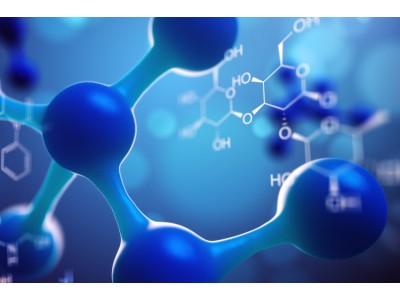| Bioactivity | Triamcinolone hexacetonide is a commonly used long-acting steroids in treatment of subacute and chronic inflammatory joint diseases. | ||||||||||||
| In Vivo | Triamcinolone hexacetonide produces a marked, dose-dependent protective effect in the model of chemically induced articular cartilage damage. Guinea pig injected with Triamcinolone hexacetonide shows much less prominent fibrillation and osteophytes. Cell loss is less extensive. A single injection of Triamcinolone hexacetonide into the ipsilateral knee of rabbits which have been subjected to partial lateral meniscectomy and transection of the sesamoid and collateral fibular ligaments reduces chondrocyte cloning, loss of cells, osteophyte formation, and fibrillation[1]. The half-life of commercially available Triamcinolone hexacetonide in the vitreous is double that of Triamcinolone hexacetonide, but the former is toxic to the retina in this rabbit model. Reformulated iso-osmolar Triamcinolone hexacetonide shows no evidence of deleterious effects to retina function or structure[2]. Local application of Triamcinolone hexacetonide at a site of lingual nerve injury leads to changes that are potentially beneficial such as reduced mechanical sensitivity and enhanced regeneration[3]. | ||||||||||||
| Name | Triamcinolone hexacetonide | ||||||||||||
| CAS | 5611-51-8 | ||||||||||||
| Formula | C30H41FO7 | ||||||||||||
| Molar Mass | 532.64 | ||||||||||||
| Appearance | Solid | ||||||||||||
| Transport | Room temperature in continental US; may vary elsewhere. | ||||||||||||
| Storage |
|
||||||||||||
| Reference | [1]. Williams JM, et al. Triamcinolone hexacetonide protects against fibrillation and osteophyte formation following chemically induced articular cartilage damage. Arthritis Rheum. 1985 Nov;28(11):1267-74. [2]. Abd-El-Barr MM, et al. Safety and pharmokinetics of triamcinolone hexacetonide in rabbit eyes. J Ocul Pharmacol Ther. 2008 Apr;24(2):197-205. [3]. Yates JM, et al. The effect of triamcinolone hexacetonide on the spontaneous and mechanically-induced ectopic discharge following lingual nerve injury in the ferret. Pain. 2004 Oct;111(3):261-9. |

Triamcinolone hexacetonide
CAS: 5611-51-8 F: C30H41FO7 W: 532.64
Triamcinolone hexacetonide is a commonly used long-acting steroids in treatment of subacute and chronic inflammatory joi
Sales Email:peptidedb@qq.com
This product is for research use only, not for human use. We do not sell to patients.